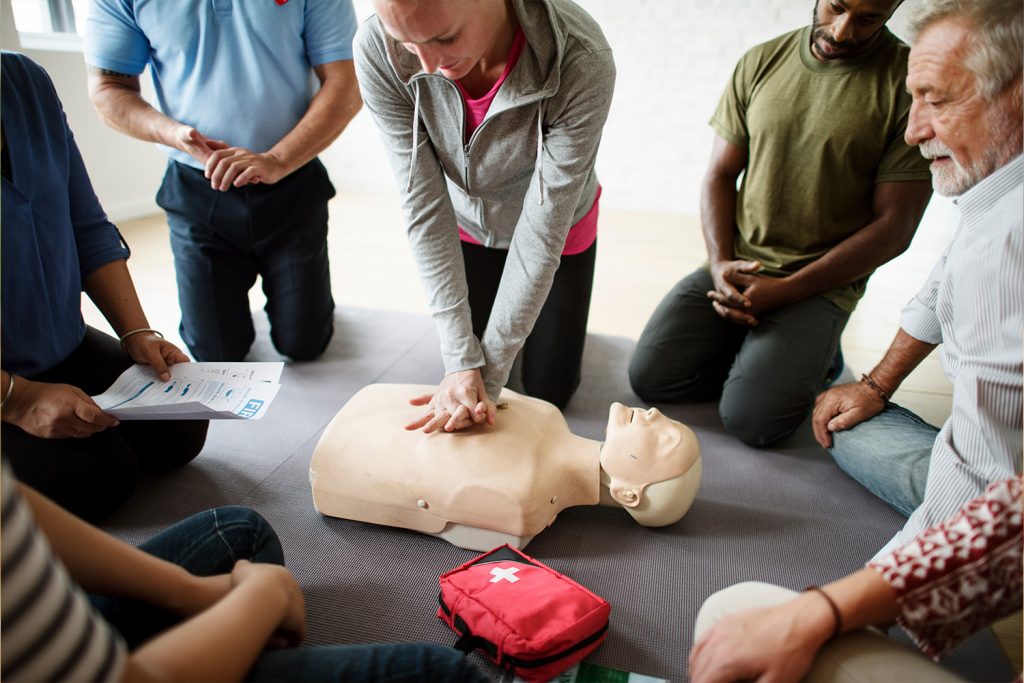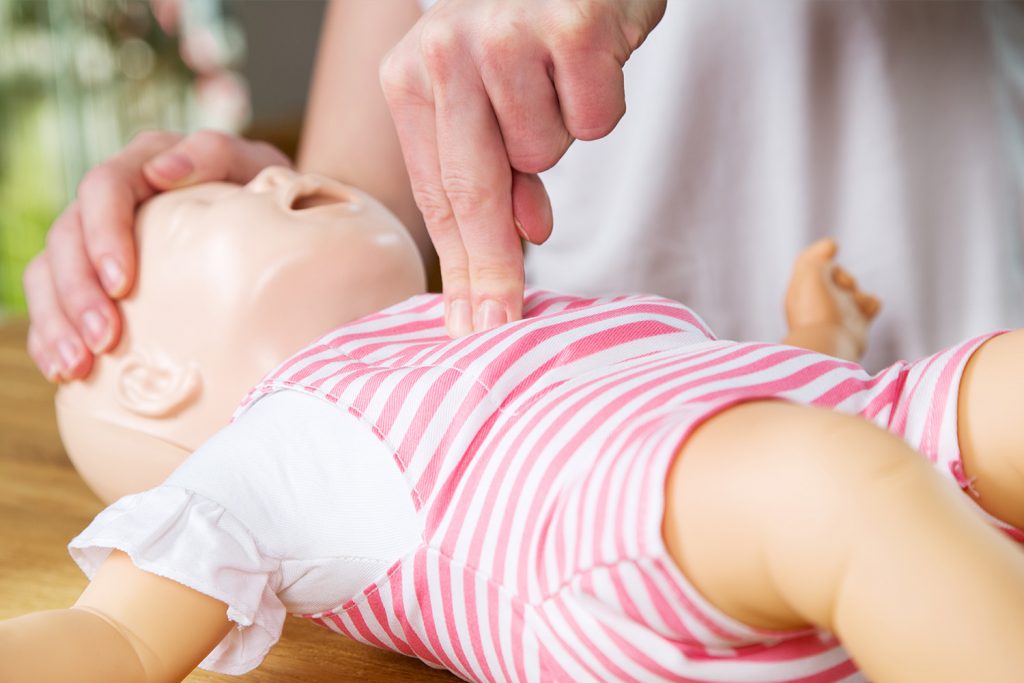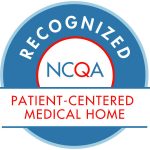Table of Contents
 CPR saves lives. When someone’s breathing or heartbeat has stopped, CPR from a bystander can keep blood flowing while trained emergency personnel arrive. Many of us are familiar with the procedure thanks to TV and movies. However, CPR often looks very different from what we see on TV, and the protocols change for babies and children. It’s one of the most important things people who aren’t medical professionals can learn. But the idea can also be scary and intimidating–especially when kids are involved. Why is CPR such an essential tool–and where can we learn to perform CPR safely?
CPR saves lives. When someone’s breathing or heartbeat has stopped, CPR from a bystander can keep blood flowing while trained emergency personnel arrive. Many of us are familiar with the procedure thanks to TV and movies. However, CPR often looks very different from what we see on TV, and the protocols change for babies and children. It’s one of the most important things people who aren’t medical professionals can learn. But the idea can also be scary and intimidating–especially when kids are involved. Why is CPR such an essential tool–and where can we learn to perform CPR safely?
What Is CPR?
Cardiopulmonary resuscitation is one of the first things we can do to help save someone from cardiac arrest. Cardiac arrest is different from a heart attack. Cardiac arrest is when your heartbeat and breathing stop, often with a sudden collapse. A heart attack is a blockage where blood flow to part of your heart is blocked. The “hands-only” CPR many of us are familiar with involves using your hands to push hard and fast with rapid compressions to the chest. However, if you have an AED (automated external defibrillator) available, use it. An AED is a medical device that provides an electric shock to the heart and restores its rhythm. They’re now available in many public buildings and provide the best shot at saving a life.
Why Is CPR Important?
The Red Cross estimates that Americans experience half a million cardiac arrests each year. When a heart stops, every minute is critical. Immediate CPR can double or triple the chances of survival after cardiac arrest, according to the American Heart Association. CPR is a vital part of the Chain of Survival for adults and children, a series of steps to reduce the death rate from sudden cardiac arrest. The Chain of Survival includes early recognition and activation, CPR with a focus on chest compressions, defibrillation, advanced resuscitation, and post-cardiac arrest care.
How Is CPR Different for Adults, Seniors, Children and Infants?
 The traditional CPR approach many are familiar with from the media is designed for adults. With an adult, your first step is to call 911 if you don’t have another person to support you. Using the hands, push hard and fast with rapid compressions of at least 2 inches and a ratio of 30 compressions to two rescue breaths at a rate of at least 100 compressions per minute.
The traditional CPR approach many are familiar with from the media is designed for adults. With an adult, your first step is to call 911 if you don’t have another person to support you. Using the hands, push hard and fast with rapid compressions of at least 2 inches and a ratio of 30 compressions to two rescue breaths at a rate of at least 100 compressions per minute.
The idea of performing CPR on a baby or child is intimidating for many. However, it’s an essential skill for parents and caregivers. Children’s bodies are more delicate than adults. Even more than with adults, we need to be aware of the risk of hurting the child while performing CPR. Several protocols are different for children and babies. One significant difference is the recommendation to start CPR before calling 911 because of the increased likelihood that cardiac arrest in kids is caused by an obstructed airway/choking incident. Time is even more critical in the youngest patients. Perform CPR for 2 minutes before calling for help if you’re alone. We use a modified CPR protocol for children using one or two hands and compressing to a depth of two inches. We use two fingers instead of the whole hand for infants and compress to a depth of 1.5 inches. We recommend CPR classes that specifically address the unique needs of infants and children.
Protocols are also different for older adults. CPR can be especially traumatic for seniors, leading to broken ribs and damage to internal organs. Studies have also shown that medically fragile seniors have low survival rates after CPR. We should also be aware that some seniors may have a Do Not Resuscitate order because of the risks and impact on quality of life.
What Levels of CPR Classes Are Available?
When you sign up for a CPR class, you can choose adults only or add infants and children. The standard Red Cross classes cover first aid, CPR, and using an AED device. You can often take a preliminary online course followed by an in-person skills session with a certified instructor. The Red Cross also offers more in-depth Basic Life Support/CPR classes tailored to healthcare professionals. Some people are required to take CPR classes by their employers, while others seek training for the safety of their family or a volunteer role. It’s an excellent skill to have for parents and non-parents alike.
Where Can I Find CPR Classes in Loudoun
Red Cross CPR classes are popular and available around our region, often in a blended format with online and in-person instruction. You can input your ZIP code and find a range of classes at redcross.org. The Town of Leesburg offers CPR classes at leesburgva.gov and Inova Loudoun hospital offers classes at inova.org. Course fees range from $40 to $130, depending on the format and the service provider. Prices vary and are subject to change.
The American Academy of Pediatrics offers first aid tips and CPR guidelines for parents at healthychildren.org. As pediatricians, we encourage parents and caregivers to get high-quality CPR training so they feel confident and comfortable in an emergency. It’s a skill we hope you’ll never need, but one worth knowing in a crisis.







